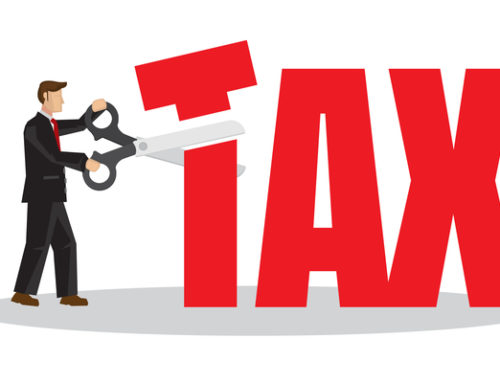Planning our finances is just as much about the near future as it is the distant future. Whether we’re planning for a big purchase, tuition for our children’s education or simply our day-to-day costs, each expense should be considered with regards to our retirement goals. Saving enough money to maintain (or better) our lifestyle in retirement versus your status in the working world is what retirement planning is all about. Through planning, we can determine how to accumulate enough assets to allow for this ideal.
There are two main types of expenses in retirement: essential and lifestyle. Essential expenses are those we must pay in order to maintain our basic needs, such as shelter and health expenses. Lifestyle or discretionary expenses are those that we choose to pay, including entertainment and travel. Essential expenses need to be covered and not affected by market swings whereas lifestyle expenses are subject to market fluctuations.
One of the most commonly followed rules of thumb is the 4% rule wherein you withdraw the same amount (4%) from your retirement balance each year. However, as demonstrated through the different stages of retirement, it is not the most realistic or the most effective.
Retirement can be broken down into the following three main stages:
1. The Euphoria Phase
This stage is representative of our first ten years in retirement. Think about this as the ‘honeymoon’ phase wherein your fantasies are becoming a reality. No more setting an alarm clock. No limit on vacation days. No more two-day weekends. Enthusiasm is typically at its all-time high during this phase, which is why we see people spending the largest sum of their retirement assets. People are eager to travel and explore parts of the world they had previously only read about, or simply visit family members. To give an added sense of purpose and contribution to society, people donate their time to charitable causes in this period as well.
In the Euphoria stage we are spending a bigger percentage of our assets because we are healthy, energized and motivated. This may manifest itself by living on 100-110% of the spending level of our working years. Especially as compared to later phases, people feel empowered and adventurous to the point where there is less worry.
2. The Contentment Phase
The Contentment stage refers to the following 10 years of our lives. At this point, we may be slowing down a little bit and, as a result, travelling less. That motivation and drive to explore and accomplish our bucket lists is lessening. In this stage, more time is spent with family, grandchildren and even great grandchildren. Compared to the euphoria stage, we continue to spend time on our charitable missions but to a much less physically active degree. Comforting routines are the essence of this stage where you’ll find yourself spending more time reading, enjoying the arts and chatting with friends. We continue to feel happy but reach an understanding of the relaxed nature of this stage in our lives.
Through the Contentment stage, we are spending anywhere from 80-100% of our pre-retirement spending and are beginning to think about our legacy. Focus shifts to what we want to leave our families and how we want our charitable interests to be addressed. Ultimately, we find ourselves feeling content in the contributions we’ve made to this point and the impacts we’ve had.
3. The Reflection Phase
The third and final phase of retirement is reflection. As evidenced by the name it is the period when we reflect most on our lives and shift our focus to enjoying each moment with family and friends. With our plans set and our legacies secure, spending during this period drops from 60-80% of our pre-retirement assets.
While we may encounter medical challenges and may be more dependent on others, we planned financially to continue to live our desired lifestyles. Free of financial worries and being surrounded by peace and love has us enjoying every moment.
Each of these retirement phases with their distinguished characteristics results in different spending patterns. While living on a fixed percentage of our retirement assets for the entirety of our retirement may be a good idea in theory, it does not align with the realities that come with retirement. Beyond financial stability, we strive for our clients to have peace and tranquility in retirement. We look forward to working together to pursue these goals.




